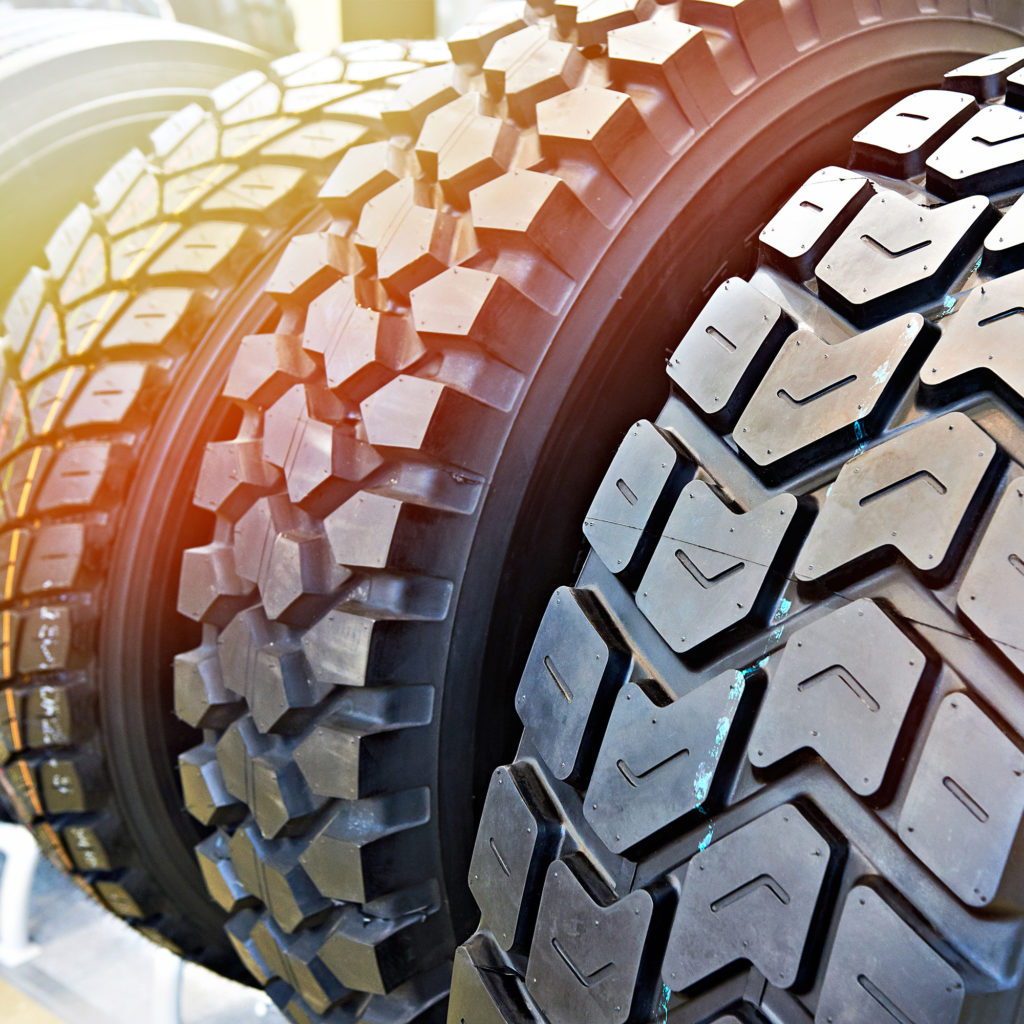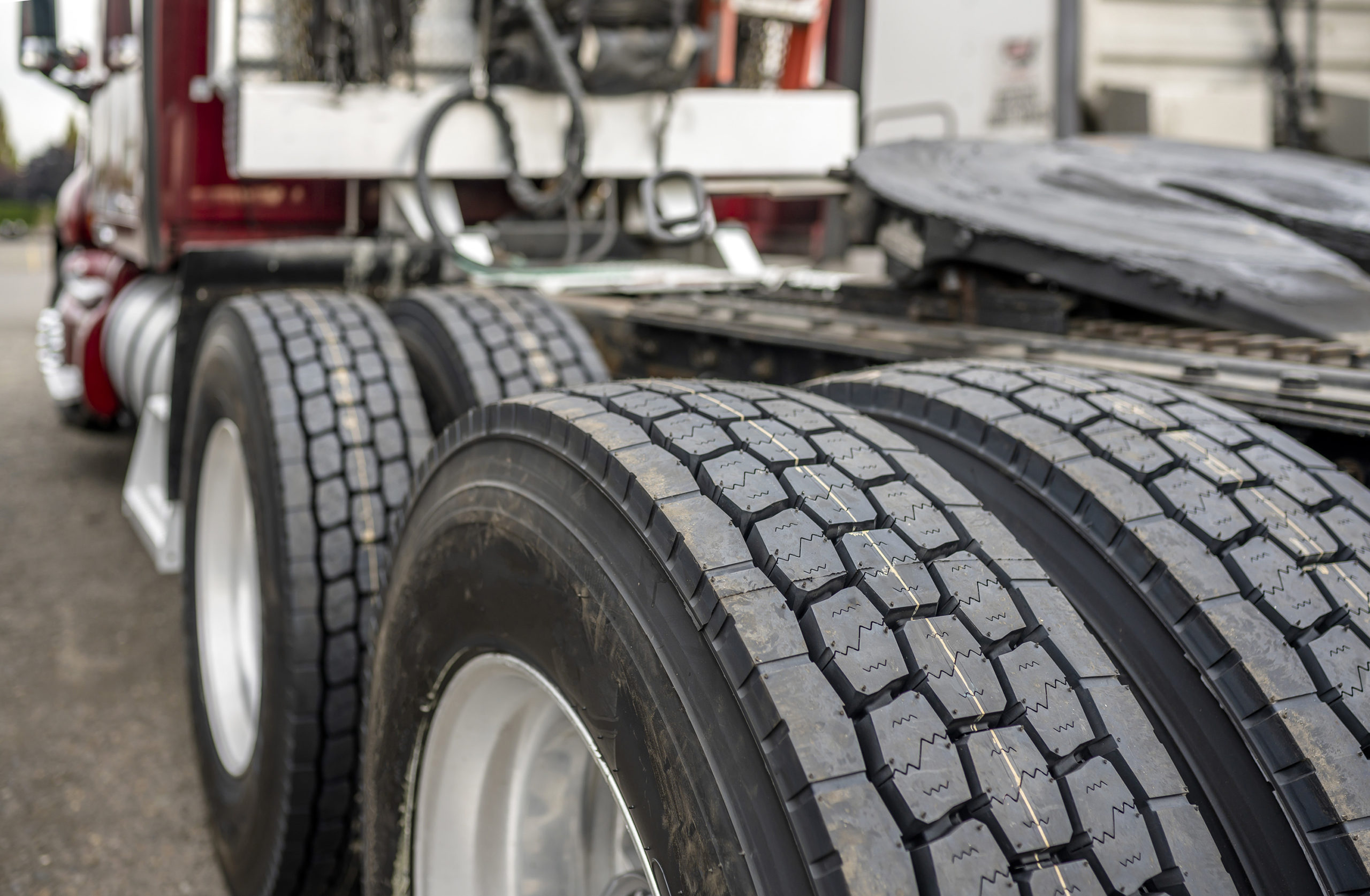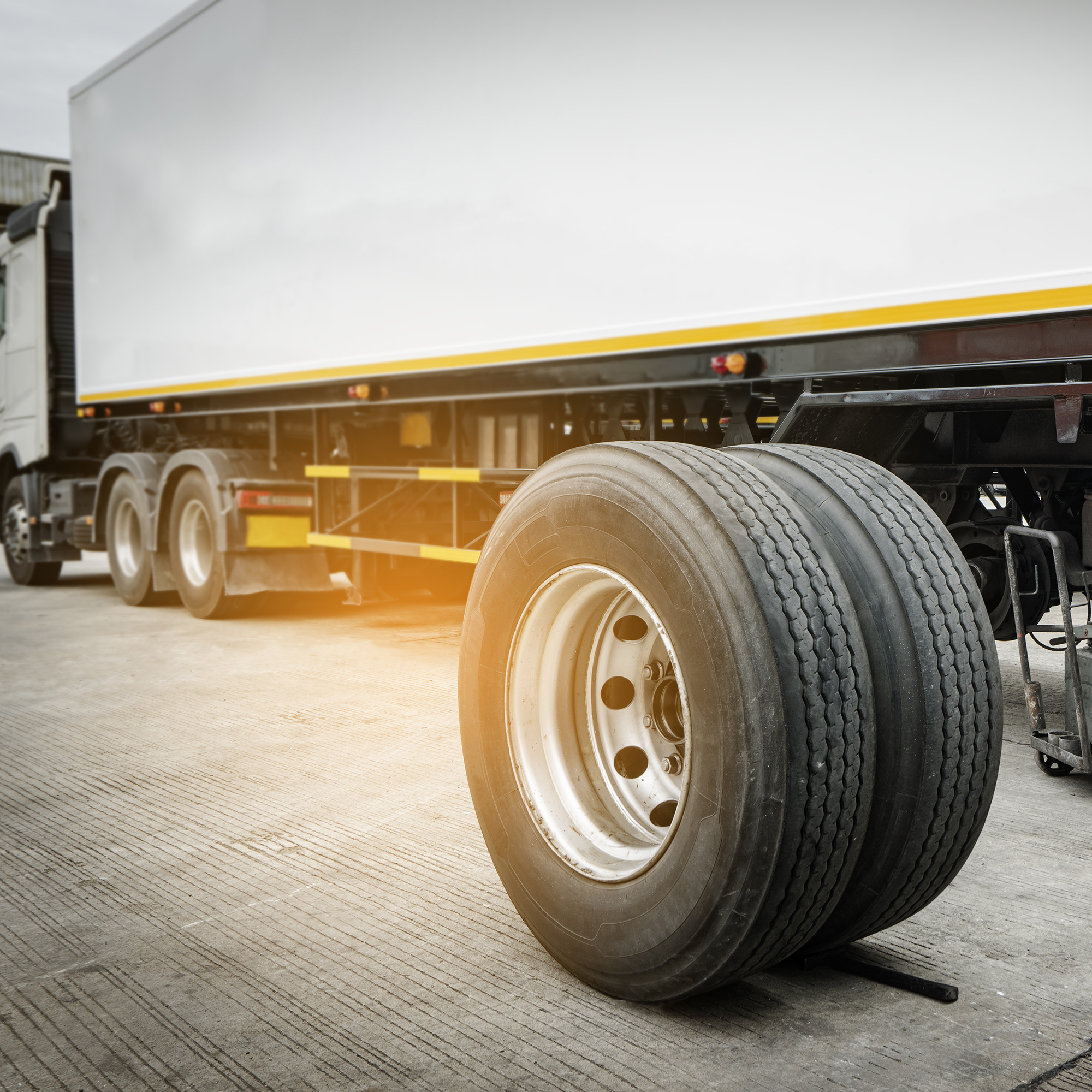Finding the Source
Identifying the root cause of vibration is crucial for effective diagnosis. To accurately determine the source of the vibration, it’s important to start by isolating its origin. In this article, we will focus on tire-related vibrations, although we will also provide a list of other potential vibration causes.
Determining the Timing of the Vibration
Begin by considering when the vibration occurs. Did it start after installing new tires, wheels, a lift kit, or after any other recent work?
If the vibration began after specific work was done on the vehicle, there is a high probability that the vibration is related to those particular parts. For instance, if you recently replaced the tires and are now experiencing vibration, it is likely that the tires are the cause.
Analyzing Vibration Speeds and Their Relationship to Acceleration and Deceleration
The speed at which the vibration occurs can provide valuable insights into its origin. Vibrations typically associated with tire imbalance often manifest at highway speeds (around 65-70 MPH). This is due to a resonant frequency between the imbalanced tire and the vehicle’s suspension. Usually, the vibration will diminish when you slow down or accelerate. However, if the vibration occurs at 40 MPH and increases with speed, it may indicate an out-of-round or defective tire. In such cases, no amount of balancing will eliminate the vibration, and you should consider replacing the tires under warranty.
Identifying the Location of Vibrations Within the Vehicle
 Take note of where you feel the vibrations inside the vehicle: in the steering wheel or the seat?
Take note of where you feel the vibrations inside the vehicle: in the steering wheel or the seat?
Typically, severe vibration is caused by only one unbalanced tire. If the vibration is predominantly felt in the steering wheel, it is likely that the front tires are responsible. If the vibration is felt in the seat, it may be due to the rear tires. If vibrations are felt throughout the vehicle, there may be a non-balance issue at play.
At this stage, you can conclude that the issue is an imbalance and focus on isolating the problematic tire. However, it’s important to consider other factors such as speed and load ratings, as well as tire inflation, which can also affect tire performance. These factors should be assessed before purchasing new tires. It’s wise to avoid purchasing mud terrain tires for a daily commuter vehicle traveling at speeds exceeding 70 MPH, as they tend to heat up and cause premature wear and tire failure.
Vibration Diagnosis: Common Causes and Solutions
Out-of-Balance Tires (High-Speed Vibration)
Typically, vibrations at highway speeds indicate tire imbalance, which can be addressed through tire balancing. One effective solution to achieve a balanced ride is the use of Counteract Balancing Beads. These innovative beads dynamically balance the tires by continuously adjusting to the changing conditions, providing a smooth and vibration-free driving experience. Visit counteractbalancing.com/tested to learn more.
Inflation Issues (High-Speed Vibration)
Checking tire pressure and ensuring it aligns with your vehicle’s specifications and towing load is vital. Overinflated tires can increase vibrations caused by imbalance, while underinflation can lead to vibrations at higher speeds. Trucks, especially those with empty beds, are more susceptible to this issue. The heavier the load, the higher the tire pressure should be within the manufacturer’s recommendations.
Uneven Tire Wear
Tires don’t always wear uniformly due to factors such as road conditions, alignment, vehicle vibrations, and driving habits. Visual inspection can often reveal uneven wear patterns, such as river wear, compression wear, or patch wear. These wear patterns can help identify the cause of the vibration and isolate the issue. Online tire wear charts can serve as a reference.
Tire Defects (Low-Speed Vibration)
Out-of-round tires or tire belt separation are typically signs of manufacturer defects. These vibrations are felt at lower speeds and may worsen with acceleration. To avoid such issues, ensure you purchase tires from reputable brands with higher quality standards. In case of defects, the only solution is to have the tire warranted or replaced. Keep in mind that warranties usually apply within a certain tread depth (e.g., 2/32nds).
Rims (Low-Speed Vibration)
Over time, rims can become damaged due to rough driving or negligence during the installation process. Hitting curbs or potholes can cause a rim to bend, leading to vibrations. Typically, these vibrations are felt at lower speeds and worsen with acceleration.
Rust or Debris Between Wheel and Hub (Low-Speed Vibration)
Ensuring the mating surface between the wheel and the hub is free of rust or debris is essential during the mounting process. Even a slight unevenness, equivalent to the width of a business card, can cause vibrations.
Tire Seating (Low-Speed Vibration)
Improper tire seating on the rim can result in vibrations that worsen with speed. To address this, run your finger along the tire and rim interface, ensuring a uniform connection. This issue is more common with higher load range tires. If any irregularities are found, take the tire to a shop to have it reseated.

Wheel Bearings
Vibrations originating from the wheel bearings are typically felt through the steering wheel. While most wheel bearings last the lifespan of the vehicle, they can wear down due to rough terrain driving, excessive mileage, or aggressive driving habits.
Brakes
If the vibration occurs only when applying the brakes, there is a good chance that the brake discs are warped. These vibrations are usually felt in the brake pedal. Brake drums can also become out of round, leading to similar symptoms. Squealing or scraping noises when the brakes are applied may indicate such issues.
Calipers
Stuck calipers can cause vibrations at high speeds, typically around 50 MPH. If you detect a burning smell when coming to a stop, it may indicate that the brakes are overheating due to calipers gripping the brake discs excessively.
Loose Steering Components
Over time, steering components wear out, potentially leading to vibrations. When vibrations occur while turning, it suggests a problem with the tie rod ends. However, if the vibration manifests when driving straight but not during turns, it indicates a need to replace the ball joints. These vibrations are primarily felt in the steering wheel.
Power Steering
Vibrations resulting from power steering are typically felt when turning corners. Check your vehicle for leaks and ensure that there is sufficient power steering fluid.
Alignment
When the suspension falls out of alignment, vibrations can occur at various speeds. This issue is often caused by driving into curbs or potholes. If you experience vibrations, it’s recommended to have your vehicle’s alignment checked.
Loose Suspension Components
If your vehicle vibrates at different speeds intermittently or after hitting bumps, loose suspension components or bearings may be the cause. Such vibrations may persist until the car comes to a stop. Visit a shop to ensure all components are properly connected.
Worn Suspension Components (High-Speed Vibration)
Worn ball joints and control arm bushings can lead to vibrations at higher speeds or during braking. In this scenario, it is important to inspect the suspension system and replace any worn components.
Axle
Hitting potholes at high speeds can cause significant damage, including bending the axle. This damage results in vibrations that worsen with speed. Vibrations from the axle can also be caused by a damaged driveshaft or worn-out CV joints. In most cases, the axle will need to be replaced to resolve these issues, which often manifest as dramatic shaking.
By following these guidelines and considering the various potential causes, you can isolate and diagnose vibration issues in your vehicle effectively. Remember that regular maintenance, inspections, and prompt repairs are essential for ensuring a smooth and safe driving experience.



